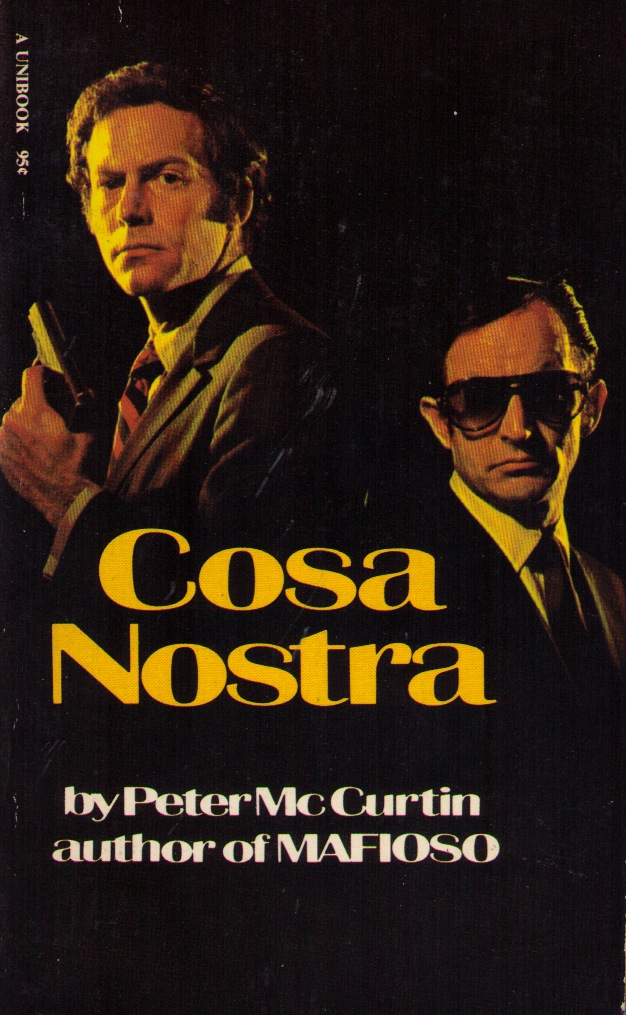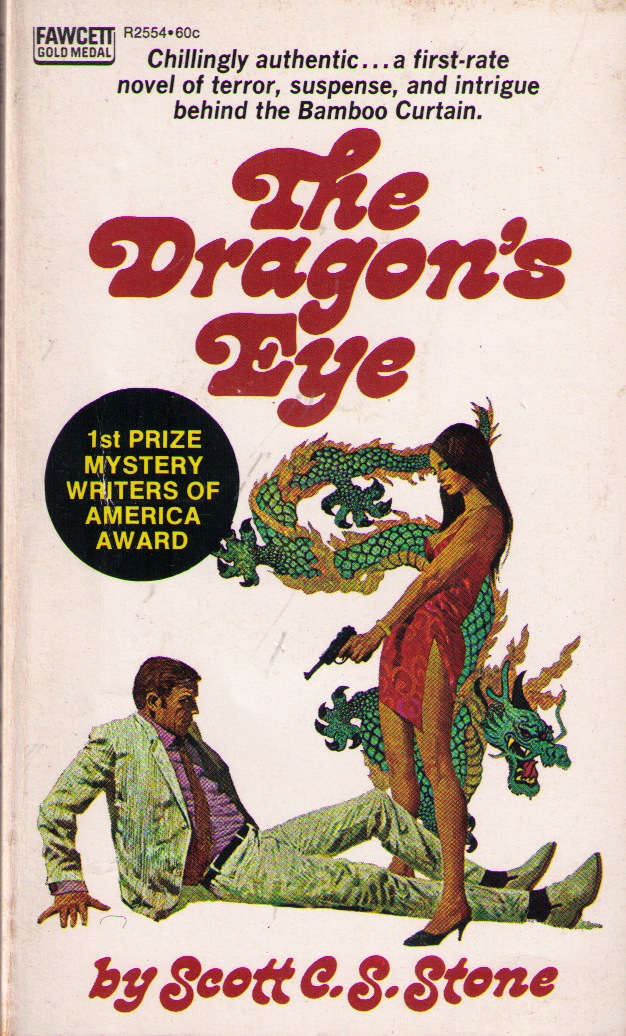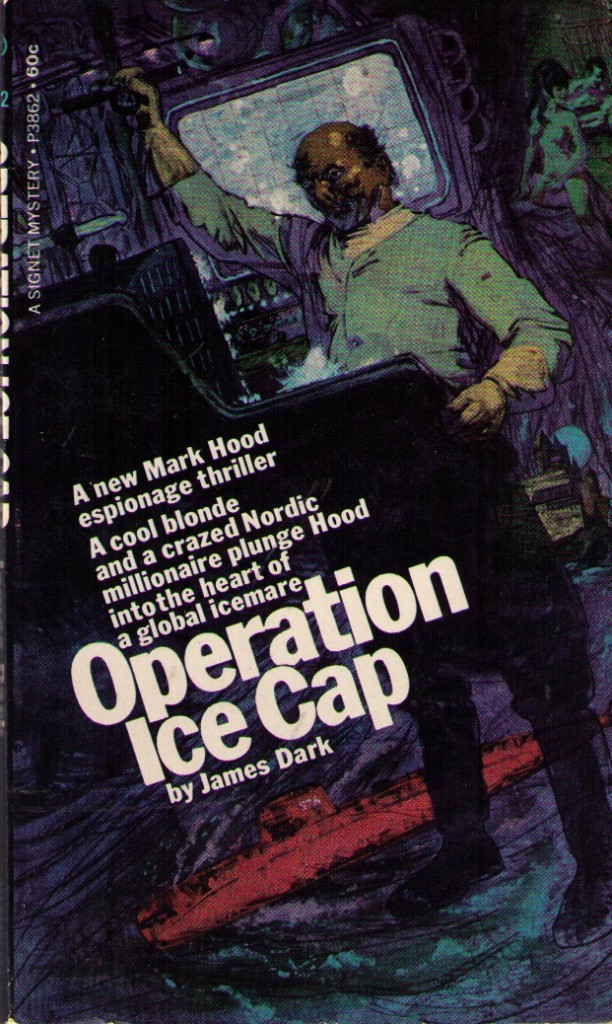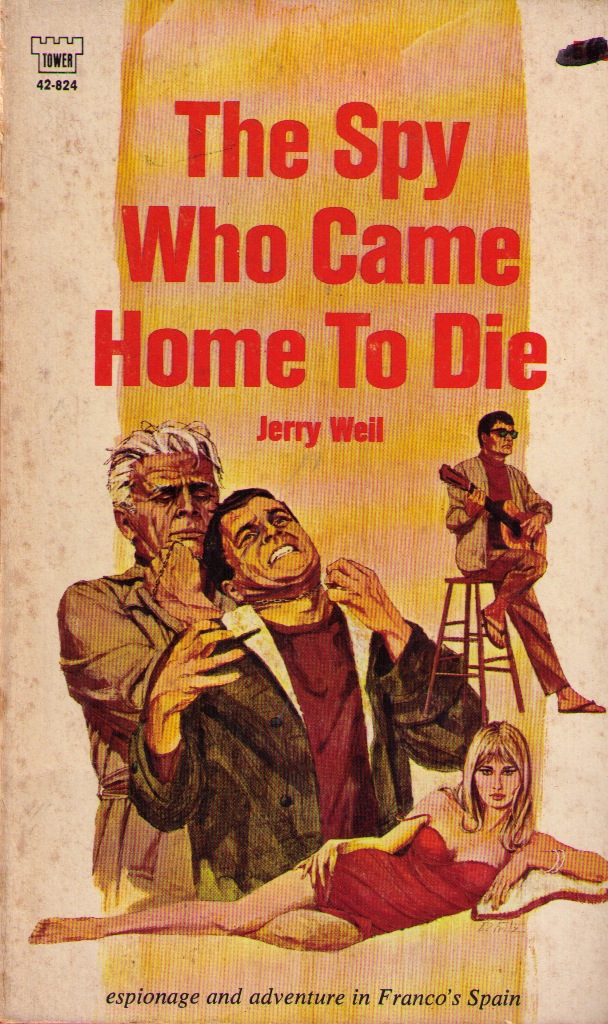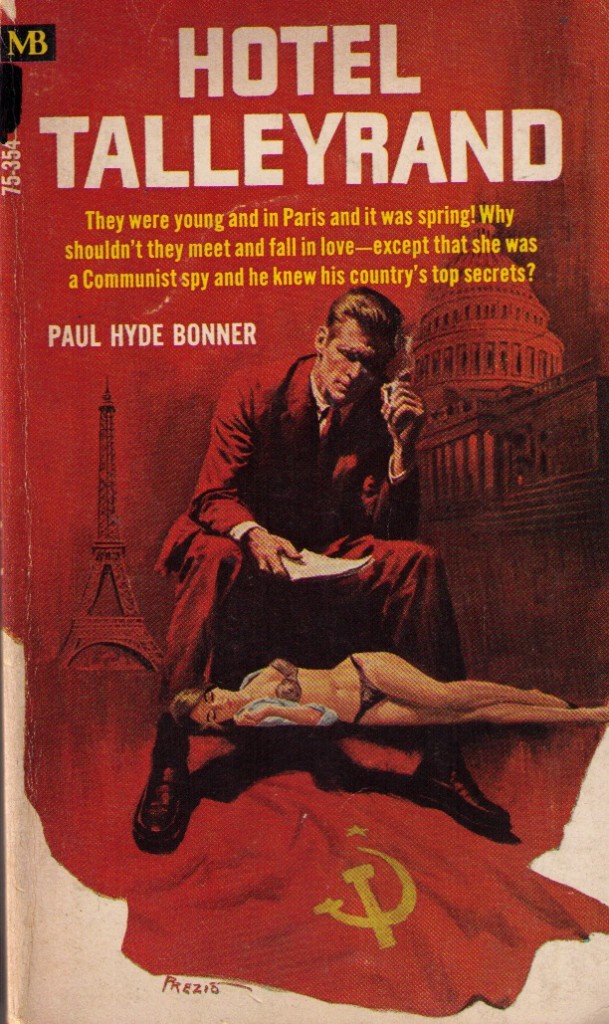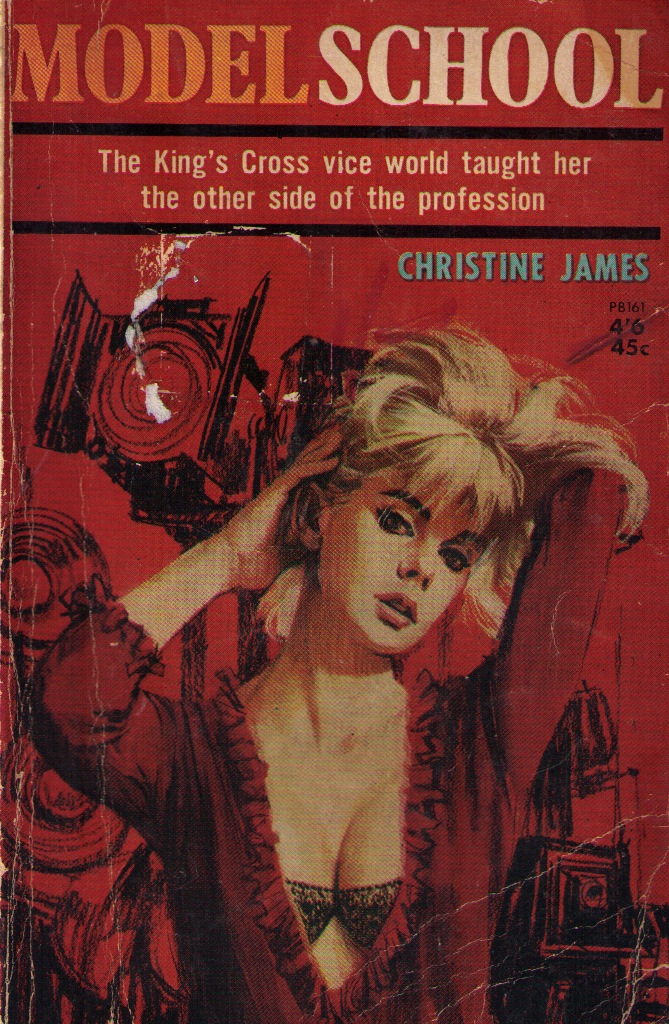Search
-
Recent Posts
- Dishing up Pulp Curry in a new way: why I am starting a Substack newsletter
- Book reviews: Deadly dames, midcentury Brit pulp and 1970s science fiction
- Mackenna’s Gold (1969): Gold, Ghosts and Frontier Violence
- Orphan Road book launch
- Orphan Road now available
- Pre-orders open for my new novel, Orphan Road
- Cover reveal: Orphan Road, my follow up to Gunshine State
- Breakfast in the Ruins podcast: New English Library Bikermania
- Why 1973 was the year Sidney Lumet took on police corruption
- Men’s Adventure Quarterly: Gang Girls issue
Categories
- 1960s American crime films
- 1970s American crime films
- 1980s American crime films
- 1990s American crime films
- Adrian McKinty
- Albert Dekker
- Andre De Toth
- Angela Savage
- Angie Dickinson
- Anthony Zerbe
- Asian noir
- Australian crime fiction
- Australian crime film
- Australian noir
- Australian popular culture
- Australian pulp fiction
- Australian television history
- Ava Gardner
- Beat culture
- Belmont Tower Books
- Ben Wheatley
- Billie Whitelaw
- Black pulp fiction
- Blaxsploitation
- Book cover design
- Book Reviews
- British crime cinema
- British pulp fiction
- Bryan Brown
- Burt Lancaster
- Carter Brown
- Charles Durning
- Charles Willeford
- Chester Himes
- Christopher G Moore
- Christopher Lee
- Cinema culture
- Claude Atkins
- Coronet Books
- Crawford Productions
- Crime Factory
- Crime Factory Publications
- Crime fiction
- Crime fiction and film from Africa
- Crime fiction and film from Cambodia
- Crime fiction and film from China
- Crime fiction and film from India
- Crime fiction and film from Indonesia
- Crime fiction and film from Japan
- Crime fiction and film from Laos
- Crime fiction and film from Latin and Central America
- Crime fiction and film from Malaysia
- Crime fiction and film from New Zealand
- Crime fiction and film from Scandinavia
- Crime fiction and film from Singapore
- Crime fiction and film from South Korea
- Crime fiction and film from Thailand
- Crime fiction and film from the Philippines
- Crime Fiction and film set in Vietnam
- Crime film
- Dangerous Visions and New Worlds Radical Science Fiction 1950 to 1985
- David Goodis
- David Peace
- David Whish-Wilson
- Derek Raymond
- Diana Dors
- Dirk Bogarde
- Don Siegel
- Don Winslow
- Donald Westlake aka Richard Stark
- Dystopian cinema
- Ernest Borgnine
- Eurocrime
- Fawcett Gold Medal Books
- Femme fatale
- Fernando Di Leo
- Filipino genre films
- Film Noir
- Forgotten Melbourne
- French cinema
- French crime fiction
- Garry Disher
- Gene Hackman
- George V Higgins
- Georges Simenon
- Ghost Money
- Giallo cinema
- Gil Brewer
- Girl Gangs, Biker Boys and Real Cool Cats: Pulp Fiction & Youth Culture, 1950-1980
- Gloria Grahame
- Gold Star Publications
- Gregory Peck
- Gunshine State
- Heist films
- Horror
- Horwitz Publications
- Humphrey Bogart
- Ian Fleming
- Interviews
- Ira Levin
- James Caan
- James Crumley
- James Ellroy
- James Hadley Chase
- James Woods
- Jim Brown
- Jim Thompson
- Joel Edgerton
- John Frankenheimer
- Joseph Losey
- Karen Black
- Kerry Greenwood
- Kinji Fukasaku
- Larry Kent
- Laura Elizabeth Woolett
- Lee Marvin
- Leigh Redhead
- Lindy Cameron
- M Emmet Walsh
- Mad Max
- Mafia
- Malla Nunn
- Martin Limon
- Megan Abbott
- Melbourne International Film Festival
- Melbourne Writers Festival
- Men's Adventure Magazines
- Michael Caine
- Michael Fassbender
- Mickey Spillane
- Monarch Books
- Ned Kelly Awards
- Neo Noir
- New English Library
- Newton Thornburg
- Noir Con
- Noir fiction
- Non-crime reviews
- Oren Moverman
- Orphan Road
- Ozsploitation
- Pan Books
- Parker
- Paul Newman
- Peter Boyle
- Peter Corris
- Peter Strickland
- Peter Yates
- Poliziotteschi
- Pulp fiction
- Pulp fiction in the 70s and 80s
- Pulp fiction set in Asia
- Pulp Friday
- Pulp paperback cover art
- Qui Xiaolong
- Raymond Chandler
- Richard Burton
- Richard Conte
- Robert Aldrich
- Robert Mitchum
- Robert Ryan
- Robert Stone
- Rock Hudson
- Roger Smith
- Rollerball
- Rosaleen Norton
- Roy Scheider
- Rural noir
- Sam Levene
- Sam Peckinpah
- Samuel Fuller
- Science fiction and fantasy
- Scripts Publications
- Sidney Lumet
- Sidney Poitier
- Simon Harvester
- Snowtown
- Snubnose Press
- Spies
- Stanley Baker
- Sterling Hayden
- Steve McQueen
- Sticking it the the Man Revolution and Counter Culture in Pulp and Popular Fiction 1950 1980
- Stuart Rosenberg
- Tandem Books
- Tart noir
- Tartan Noir
- Ted Lewis
- Toni Johnson Woods
- True crime
- Vicki Hendricks
- Victor Mature
- Vintage mug shots
- Vintage pulp paperback covers
- Wallace Stroby
- War film
- Westerns
- William Friedkin
- Woody Strode
- Yakuza films
- Yaphet Kotto
Nothing but noir
Recommended reading
The lurid world of pulp
- 20th century Danny Boy
- American Pulps
- Bear Alley
- Bloody, Spicy, Books
- Comics Down Under
- Everything second hand
- Existential Ennui
- Greenleaf Classic Books
- Irv O. Neil's Erotica is My Trade
- Killer Covers
- Lost Classics of Teen Lit 1939-1989
- Luminist Archives
- Men's Pulp Mags
- Mporcius Fiction Log
- Murder, Mayhem and Long Dogs
- Neglected Books
- Nocturnal Revelries
- Paperback Warrior
- Paperbacks of the Gods
- Pop Sensation
- Pulp artists
- Pulp Covers
- Pulp Crazy
- Pulp Flakes
- Pulp International
- Pulp Magazines Project
- Pulp Serenade
- Realms of the Night
- Romance Fiction Has a History
- Rough Edges
- Sin Street Sleaze
- Spy Guys and Gals
- The department of Afro American Research Arts & Culture
- The Dusty Bookcase
- The Haunted World of Richard Sala
- The Moon Lens
- The Nick Carter & Carter Brown Blog
- The Pulp & Paperback Fiction Reader
- Too Much Horror Fiction
- True Pulp Fiction
- Vault of Horror
- Vintage Nurse Romance Novels
- Vintage Romance Novels
- Welcome to the Pan Paperback
- Yellow and Creased
Support This Site
If you like what I do please support me on Ko-fi
Category Archives: Pulp fiction
Pulp Friday: Mafia pulp fiction
The Mafia, Cosa Nostra, the Mob, the Family, the Outfit, the Syndicate, call them whatever you like, it’s hard to overstate the influence organised crime had over pulp fiction.
My post on the Andrew Dominik movie Killing Them Softly earlier this week, got me thinking about how the Mafia have been portrayed in popular fiction and film.
One of the aspects of Killing Me Softly I found so interesting was its depiction of organised crime in the traditional sense as being just a shadow of its former glory. For the most part, the gangsters were a bunch of clapped out old men and cautious time servers, clinging desperately to the last trappings of their power base.
It wasn’t always so. Stretching right back to the late forties, organised crime was one of the central pre-occupations of pulp writers. The phenomenal success of Mario Puzo’s book, The Godfather, published in 1969 and the subsequent movie version by Francis Ford Coppola in 1972, saw pulp’s fascination with the Mafia stretch well into the seventies.
In addition to novels examining every aspect of the Mafia’s rituals and existence, so all pervasive and powerful was the Mafia’s reach, pulp writers invented a series of characters that existed just to fight it.
Robert Briganti or ‘the Assassin’ as he is known, “lives only to destroy the Mafia.”… Read more
Posted in Belmont Tower Books, Crime fiction, Fawcett Gold Medal Books, Mafia, Pulp fiction, Pulp fiction in the 70s and 80s, Pulp Friday, Pulp paperback cover art, True crime, Vintage pulp paperback covers
Tagged Albert Conroy, Fawcett Gold Medal, Francis Ford Coppola, Mafia pulp, Mario Puzo, Peter McCurin. Mack Bolan, The Executioner, The Godfather (1972)
Pulp Friday: spy pulp part 2, Assignment Asia
To commemorate the 50th anniversary of James Bond, last week’s Pulp Friday was a selection of spy themed pulp covers.
This week’s post takes us to one of the main battlegrounds for pulp spies in the sixties and seventies – Asia.
The Cold War was in full swing and those Reds were getting up to all kinds of nefarious activity behind the bamboo curtain, everything from kidnapping, sabotaging America’s space program, developing bubonic plague, drug running, to assassination.
And secret agents like Mark Hood (The Bamboo Bomb) Butler (Chinese Roulette) Death Merchant (Chinese Conspiracy), Joe Gall (The Star Ruby Contract) and Drake (“The man with nobody’s face” in Operation Checkmate), Nick Carter (The Defector) and Sam Durell (the Assignment series, over 48 of which were written), were in the thick of it.
They usually committed a lot of violence, had a lot of sex, and travelled to exotic locations. The books below are set in China, Singapore, Hawaii, Hong Kong, Taiwan, Thailand, Japan and Sri Lanka.
And, of course, there were some great covers. My favourite is the Robert Mcginnis illustration for Scott S Stone’s The Dragon’s Eye. But I’m also rather taken with the sleazy eighties feel of the photograph on the cover of Assignment Bangkok.… Read more
Posted in Coronet Books, Crime fiction and film from China, Crime fiction and film from India, Crime fiction and film from Japan, Crime fiction and film from Singapore, Fawcett Gold Medal Books, Pulp fiction, Pulp fiction in the 70s and 80s, Pulp fiction set in Asia, Pulp Friday, Pulp paperback cover art, Spies, Vintage pulp paperback covers
Tagged death Merchant, Edward S Aarons, James Bond, James Dark, Philip Atlee, pulp fiction set in Asia, Robert Mcginnis, Sam Durell, Scott S Stone
Pulp Friday: spy pulp part 1, death traps and dark duets
Over the next two weeks I’ll be commemorating the 50th anniversary of James Bond by posting some of the excellent spy themed pulp paperback covers I’ve collected over the years.
Intrigue and danger in exotic locations, sinister enemies, tough secret agents, beautiful women, the spy fiction of the fifties, sixties and early seventies had it all, as the following the collection of pulp paperback covers show.
You’ll find more spy fiction pulp covers over on my Pinterest site.
In the next week or so I’ll post part 2 of my spy pulp series, a selection of covers depicting spy fiction set in Asia.
Pulp Friday: interview with Iain Mcintyre, author, Sticking it to the Man!
Today’s Pulp Friday is a fascinating interview with Melbourne-based social historian Iain McIntyre, author of a new book, Sticking it to the Man! Pop, Protest and Black Fiction of the Counterculture, 1964-75.
Sticking it to the Man! is a roller coaster ride through the lava lit streets of the counter-cultural pulp fiction of the late sixties and early seventies, a time when hippies, bikers, swingers and revolutionaries replaced cops and private detectives as pulp’s stable characters.
The book contains 130 reviews of pulps from the period covering all the major sub-themes: drug use, bikers, sleaze, blaxsploitation, hippies and dystopian science fiction. It also includes the covers in all their dog eared, price marked glory. It’s through books like this that the hidden history of pulp fiction is gradually pieced together. Sticking it to the Man! is a must read for every serious pulp fiction afficiando.
You can buy Sticking it to the Man! here. Copies will also be on sale at the launch of Crime Factory’s Hard Labour anthology, this coming Monday, October 8. Iain will also be talking about his book at the launch.
What is it about pulp fiction between 1964 and 1975, the period covered in your book that you find so interesting?
I’ve long had an interest in troublemakers, militants and odd-balls, and this was a period in which those normally relegated to the margins were able to have a major impact on culture and society.… Read more
Posted in Australian pulp fiction, Chester Himes, Gold Star Publications, New English Library, Ozsploitation, Pulp fiction, Pulp Friday, Pulp paperback cover art, Robert Stone, Scripts Publications, Vintage pulp paperback covers
Tagged 1964-75, Blaxsploitation pulp, Carl Ruhen, Chester Himes, Counter cultural pulp fiction, Dave Wallis, Dog Soldiers, Dykes on Bikes, Gil Scot-Heron, Give Me Money, Gold Star Publications, Harlan Ellison, Horwitz Publications, Iain McIntyre, Joe Haldeman, John Brunner, John Love, Michael Moorcock, Only Lovers Left Alive, Operation Hang ten, Patrick Morgan, Protest and Black Fiction of the Counterculture, Robert Stone, Scripts Publications, Sex A-Go-Go, Sticking it to the Man: Pop, The Crucifiers, The Final Programme, The Forever War, Ursula K Le Guin, William Bloom
Pulp Friday: Model School
“The King’s Cross vice world taught her the other side of the profession.”
Today’s Pulp Friday offering is a wonderful example of local pulp fiction from the early sixties, Model School by Christine James, released by Horwitz Publications in 1965.
The early sixties were a turning point for the Australia’s pulp paperback industry, when publishers stopped relying purely on reprints of overseas material and stories set offshore, and started releasing locally set stories by Australian writers.
The setting for much of this work was Sydney’s Kings Cross, which during the sixties, seventies and eighties was Australia best-known center of drug use and prostitution.
Prostitutes, beatniks, con men, drug dealers, bent cops, organized crime lords, innocent tourists and American servicemen on leave all rubbed shoulders in ‘the Cross’ as it is referred to locally. To this, local pulp authors added Chinese Triad gangs enslaving white women, witches and warlocks and a host of other less believable characters.
Like so many of the Australian pulp I feature on my site, I have not been able to find anything out about the author, Christine James, if, indeed this was her or his real name.
Model School is a fairly typical example of the Kings Cross pulp of the early to mid-sixties.
“The phoney model racket.… Read more

